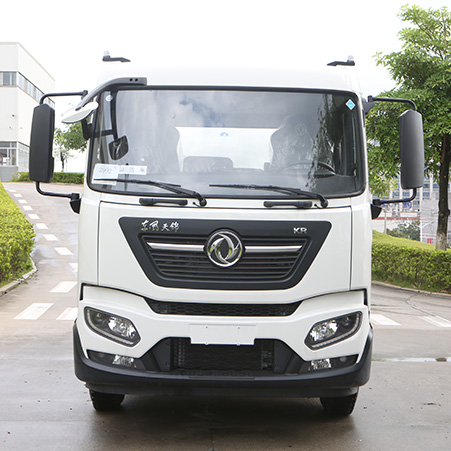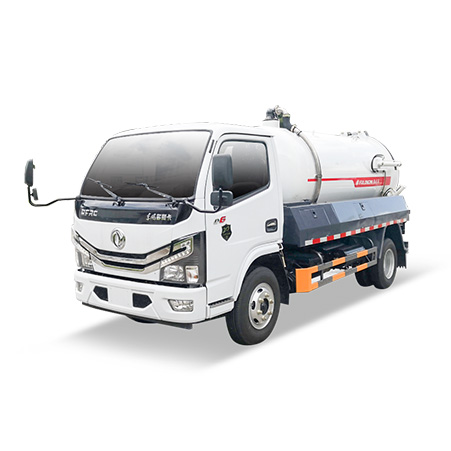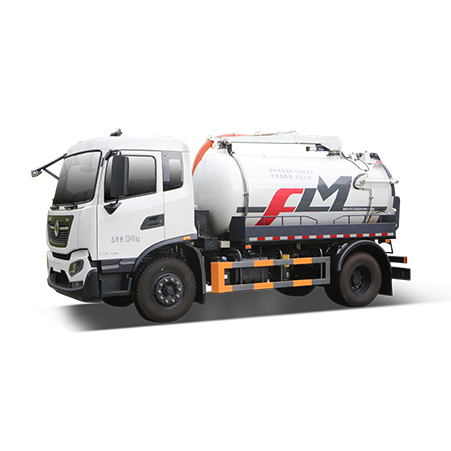Have you ever wondered what happens to all the waste that gets flushed down toilets and drains? While it may vanish from sight, the journey of sewage doesn’t end there. This is where the unsung heroes of urban sanitation, sewage disposal trucks, come into play.
Sewage disposal trucks are indispensable in our waste management infrastructure. They ensure that waste is safely transported from septic tanks, portable toilets, and sewer systems to treatment facilities. Without these trucks, waste could accumulate, leading to serious health hazards, environmental pollution, and unpleasant living conditions.

What are Sewage Disposal Trucks?
Sewage disposal trucks, also known as vacuum trucks or septic trucks, are specialized vehicles designed to collect, transport, and dispose of liquid waste. These trucks are equipped with powerful vacuum systems that can suck up waste from septic tanks, grease traps, and other waste-holding facilities. Once collected, the waste is securely transported to a treatment facility where it can be processed and disposed of properly.
Key Components of a Sewage Disposal Truck
1. Tank
The tank is the most prominent part of a sewage disposal truck. It is a large, sealed container that holds the collected waste. Tanks are typically made from durable materials like stainless steel or aluminum to withstand the corrosive nature of sewage. The capacity of these tanks can vary, with larger trucks capable of holding thousands of gallons of waste.
2. Vacuum Pump
The vacuum pump is the heart of a sewage disposal truck. This powerful pump creates the suction needed to lift waste from underground tanks and transport it into the truck’s storage tank. Pumps can be rotary vane, liquid ring, or diaphragm types, each with its advantages. The efficiency and power of the vacuum pump are crucial for the truck’s performance.
3. Hoses and Nozzles
Hoses and nozzles are the conduits through which the waste travels from the septic tank or sewer to the truck’s tank. These hoses need to be flexible yet durable to handle the rigors of the job. They are often reinforced to prevent kinking and damage. Nozzles are designed to fit various tank openings and ensure a tight seal to prevent spills.
4. Valves and Controls
Valves and controls are essential for operating the sewage disposal truck. These components regulate the flow of waste into and out of the tank. Operators use controls to manage the suction power and monitor tank levels, ensuring the safe and efficient transfer of waste. Advanced trucks may also feature automated systems for ease of operation.

How Sewage Disposal Trucks Work
The operation of a sewage disposal truck is a fascinating blend of engineering and practicality.
- Positioning: The truck is positioned close to the septic tank or sewer access point.
- Hose Connection: Operators connect the suction hose to the tank’s outlet. A tight seal is crucial to prevent leaks and ensure efficient suction.
- Vacuum Activation: The vacuum pump is activated, creating a powerful suction that draws waste through the hose and into the truck’s tank.
- Monitoring: Operators monitor the flow and level of waste using control systems, adjusting the suction as needed to maintain steady operation.
- Transport: Once the tank is full, the truck is driven to a waste treatment facility.
- Disposal: At the facility, the waste is transferred from the truck’s tank to the treatment plant using controlled discharge systems.
- Cleaning: The truck’s tank and hoses are thoroughly cleaned to prevent contamination and prepare for the next job.
Sewage Disposal Trucks Future Trends
As technology advances, sewage disposal trucks are also evolving to become more efficient and environmentally friendly.
- Automation: Increased use of automated systems for precise control and monitoring, reducing the need for manual intervention.
- Eco-friendly Designs: Development of trucks with reduced emissions and improved fuel efficiency to minimize their environmental impact.
- Advanced Materials: Use of advanced materials for tanks and hoses that offer better durability and resistance to corrosion.
- Smart Technology: Integration of IoT and smart technology for real-time monitoring of waste levels, route optimization, and predictive maintenance.
Conclusion
Sewage disposal trucks may not be the most glamorous vehicles on the road, but their role in maintaining public health and environmental hygiene cannot be overstated. With robust designs and powerful vacuum systems, these trucks keep our communities clean and healthy. As technology continues to advance, we can expect even more innovations that will make these indispensable vehicles more efficient and environmentally friendly.
FAQs
How often should a septic tank be pumped?
Septic tanks should generally be pumped every 3-5 years, depending on usage and tank size.
What happens to the waste after it’s collected by a sewage disposal truck?
The waste is transported to a treatment facility where it is processed and treated to remove harmful contaminants before being safely disposed of or recycled.
Can sewage disposal trucks handle hazardous materials?
While they are primarily designed for non-hazardous liquid waste, some trucks can be equipped to handle certain types of hazardous waste with proper modifications and certifications.
How do operators ensure there are no leaks or spills during waste transfer?
Operators use secure connections, regular equipment maintenance, and monitoring systems to prevent leaks and spills during waste transfer.
Are there any environmental concerns associated with sewage disposal trucks?
While these trucks are essential for sanitation, they do contribute to emissions. However, advancements in eco-friendly designs and fuel-efficient engines are helping to mitigate their environmental impact.







